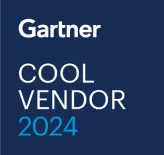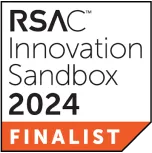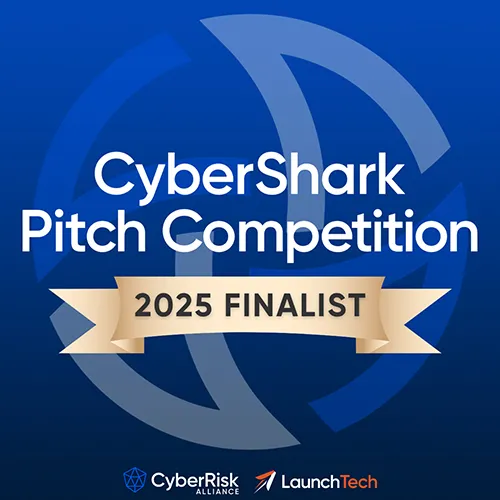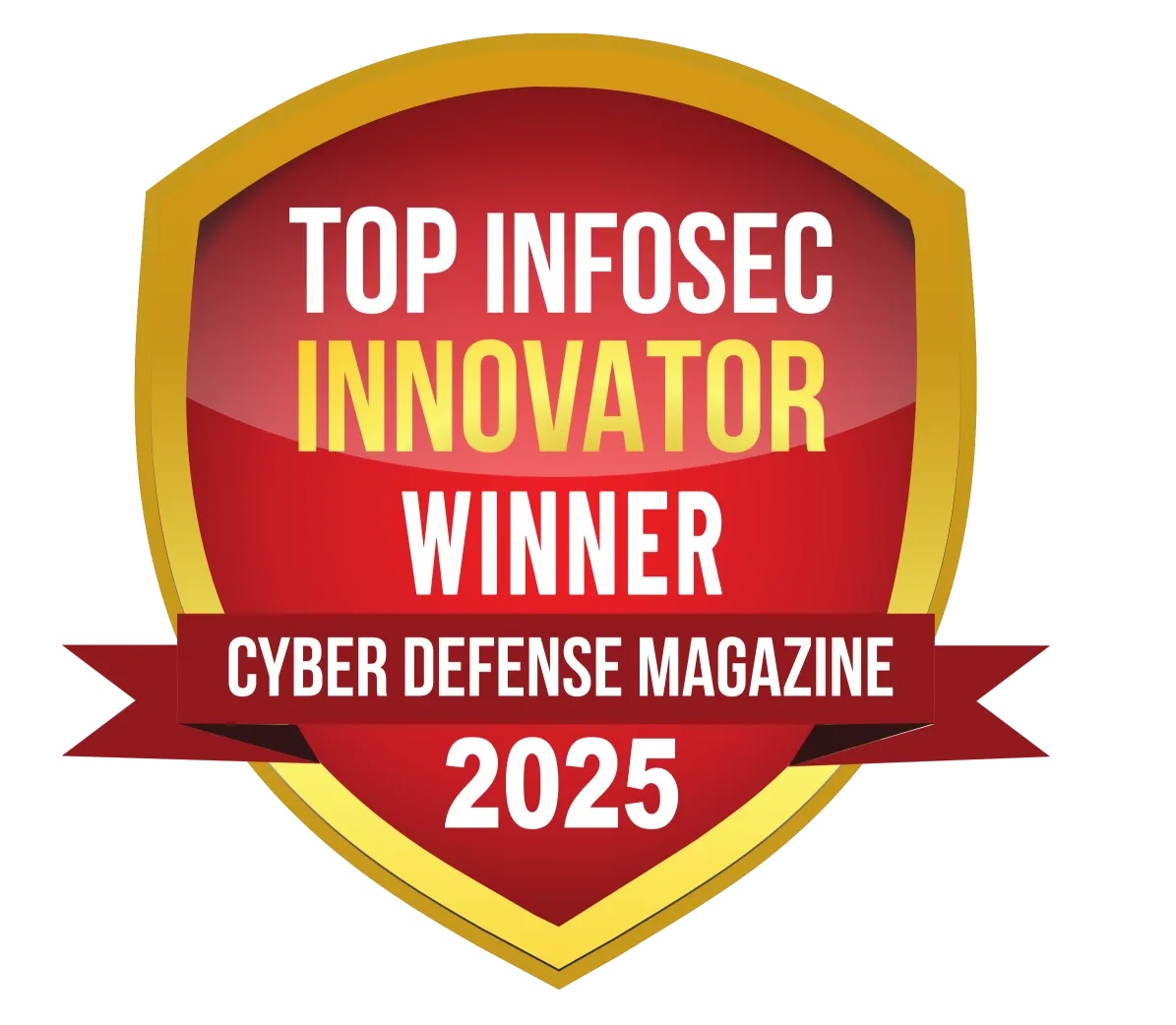Security, Privacy, and Trust
Many organizations have legitimate questions about AI-driven solutions. At Dropzone AI, we believe these concerns are not just valid—they’re essential. We built our solution with accuracy, explainability, and data privacy in mind, so you can feel confident in integrating our AI SOC analyst into your security operations.
Architecture
The Dropzone AI solution is an autonomous multi-agent AI system that is pre-trained to replicate the work of a Tier 1 SOC analyst. The main components are:
- A dedicated cloud tenant hosted in AWS; no data co-mingling
- An optional connector for the purpose of reaching on-premises security tools
- LLM-as-a-service providers like Anthropic, Azure OpenAI, Perplexity, and others

Customer Data Used by Dropzone AI
Dropzone AI uses the same security tools and IT systems as human analysts do to perform investigations, using APIs to retrieve alerts, scan content, and query data.
Dropzone AI integrates via API with existing security tools and IT systems:
- Cloud providers
- Email systems
- Endpoint Detection & Response (EDR)
- Data loss prevention (DLP)
- Identity management systems
- Network security tools
- Productivity platforms like Microsoft 365 and Google Workspace
- SIEM systems
- Ticketing platforms
- Vulnerability management systems
Dropzone AI deployments are normally located in AWS us-west-2, with optional regional deployments available to comply with privacy and regulatory requirements.
EU customers can request in-region deployments to comply with GDPR.
You have control over what types of access you provide to the Dropzone AI solution. We default to read-only access. In some cases you may want to add write access, such as when writing to ticketing systems.
- Investigation data (alerts, evidence, findings)
- User information (email addresses, IPs)
- Chat interactions (queries and responses)
- User interviews conducted via Slack
- Operational logs retained for 30 days in AWS CloudWatch
- Anonymous user experience logs (e.g. dashboard viewed, investigation result changed)
- Integration configuration (server names, filters, priorities)
No customer data is used to train Dropzone AI or sub-processors' models. Dropzone AI’s LLM providers are contractually obligated not to store or retain your data beyond immediate query processing.
Dropzone AI has achieved SOC 2 Type 2 certification. Customers in the European Union may request in-region deployments to accommodate GDPR data transfer laws.
Dropzone AI handles data such as email addresses and IP addresses, primarily through alerts or during alert investigation analysis. This data is encrypted at rest and in transit (see Data Security Matrix).
How Dropzone AI Secures Data
Each Dropzone AI SaaS tenant runs in its own isolated AWS subnet. Security groups and network ACLs restrict which access is allowed. Anything not specified is denied by default. Currently all API calls initiated from the Dropzone AI solution, either directly from the cloud hosted tenant or via the on-premises connector, use HTTPS.
The following describes Dropzone AI's handling of data.
Customers can securely manage user access via local login, Microsoft SSO, Google SSO, or SAML IDP integration.
User permissions align to three user roles available in the Dropzone AI solution:
- Administrator: Capable of all activities, including user management
- Member: Capable of all activities, excluding user management
- Restricted Read Only: Read-only access with no ad-hoc chat capabilities
SOC 2 Type 2
SOC 2 Type 2: Dropzone AI has achieved SOC 2 Type 2 certification. The SOC 2 findings document can be made available under NDA.
Third Party Penetration Tests
Dropzone AI engages a third party penetration tester annually. The latest was in December 2024. This test identified no critical, high, medium, or low severity vulnerabilities.
Accuracy and Explainability
The Dropzone AI solution is engineered with a specific focus on:
- Explainability so that humans can easily verify decisions and the criteria on which they were made
- Data lineage to provide an audit trail, giving users confidence in Dropzone AI’s evidence-based analysis
- Guardrails to protect against hallucinations
- Continuous internal sandbox/lab testing and validation
How it Works
The following diagram and table explains how Dropzone AI performs autonomous alert triage and investigation.

Dropzone AI investigation quality improves as the AI SOC analyst learns about the company and environment Importantly, this context memory is built and exists solely within the customer’s tenant and cannot be mixed with other customers’ deployments.
Customers will commonly add facts to context memory such as:
- Company owned IP ranges
- Allowed VPN services and policies
- Individuals that conduct security testing
- Hosts with special functions, such as Jenkins automation, critical application servers, data stores with sensitive information, and legacy infrastructure with known vulnerabilities that cannot be patched
- Internal tool names and their purposes
- Cloud IAM roles used for automation and administration
- Office locations

As a result of investigations, Dropzone AI will infer details such as which AWS roles have which permissions.
Security domain experts employed by Dropzone AI manually review investigations to look for areas where we can improve the knowledge and tools available to the AI analyst. Read about our QA program.
Dropzone AI uses multiple independent agents (expert modules) that limit the scope of what is being asked of each individual agent and avoid hallucinations.
- Expert knowledge - Each expert module combines LLM reasoning capability with expertise, derived from authoritative sources such as product documentation.
- Up-to-date information - Expert modules have access to up-to-date information by accessing internal systems, security tools, threat intelligence, and public tools such as the WHOIS and NVD databases.
- Specificity - When an alert is received, Dropzone AI will strategize and plan the investigation, assigning specific tasks to expert modules pre-trained to complete that type of task.
Common Questions
The customer is in ultimate control of which alert and data sources are enabled. Alert sources send alerts to Dropzone AI. Data sources are data stores that contain information needed during investigations. This access is provisioned during the onboarding phase, but can be adjusted by the customer at any time.
No. Dropzone AI continuously pulls security alerts when configured and on-demand fetches a subset of logs from different data sources and security systems during an investigation.
No customer data is used to train Dropzone AI or sub-processors' models. Dropzone AI’s LLM providers are contractually obligated not to store or retain your data beyond immediate query processing.
Yes, customers can securely manage user access via local login, Microsoft SSO, Google SSO, or SAML IDP integration.







